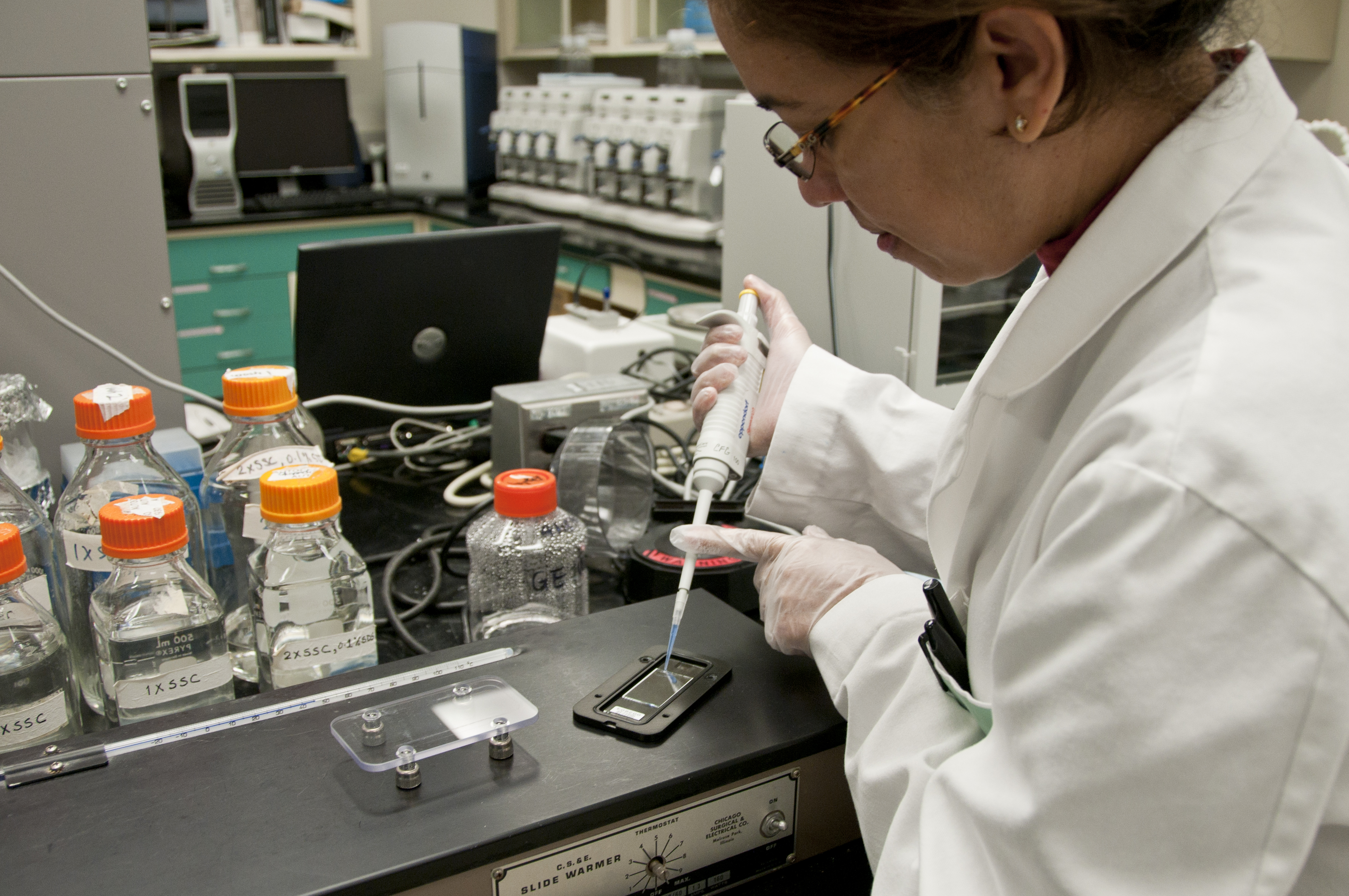
Photo from academic.microsoft.com
Mycotoxins are toxic fungal secondary metabolites that pose a major threat to the safety of food and feed. Mycotoxins are usually converted into less toxic or non-toxic metabolites through biotransformation… Click to show full abstract
Mycotoxins are toxic fungal secondary metabolites that pose a major threat to the safety of food and feed. Mycotoxins are usually converted into less toxic or non-toxic metabolites through biotransformation that are often made by living organisms as well as the isolated enzymes. The conversions mainly include hydroxylation, oxidation, hydrogenation, de-epoxidation, methylation, glycosylation and glucuronidation, esterification, hydrolysis, sulfation, demethylation and deamination. Biotransformations of some notorious mycotoxins such as alfatoxins, alternariol, citrinin, fomannoxin, ochratoxins, patulin, trichothecenes and zearalenone analogues are reviewed in detail. The recent development and applications of mycotoxins detoxification through biotransformation are also discussed.
Journal Title: Toxins
Year Published: 2020
Link to full text (if available)
Share on Social Media: Sign Up to like & get
recommendations!